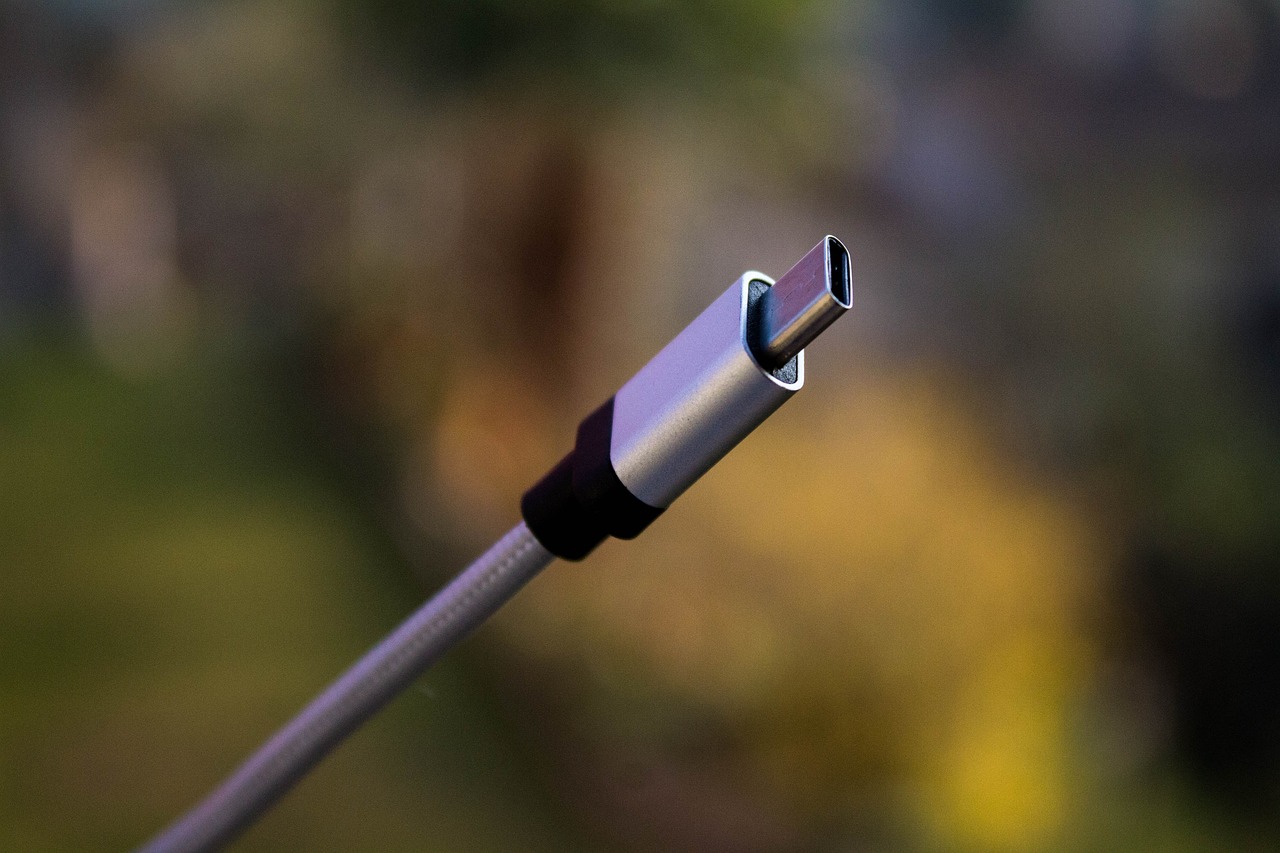PLC Controller for Screw-Type Chilled Water Unit
This paper introduces a PLC controller for a screw-type chilled water unit. The controller adopts a modular design to ensure easy maintenance and upgrading. It has an intuitive interface that allows operators to easily monitor and control the unit. The PLC controller also features built-in safety mechanisms to ensure the safe operation of the unit. The study demonstrates the effectiveness of the PLC controller in improving the efficiency and reliability of the screw-type chilled water unit.
In the modern industrial and commercial sectors, the screw-type chilled water unit (STCWU) has become a crucial component for providing cooling effects. This unit operates by utilizing a refrigeration cycle to absorb heat from the surrounding environment and transfer it to a condenser, where it is then released into the atmosphere. To ensure the efficient and reliable operation of STCWUs, it is essential to have a sophisticated PLC (Programmable Logic Controller) controller in place.
PLC controllers, also known as programmable controllers, are designed to automate industrial processes and machines. They are able to monitor, control, and manage the operations of a wide range of industrial equipment, including STCWUs. By integrating a PLC controller into the STCWU system, it allows for precise control over the refrigeration cycle, heat exchanger operations, and fan speed management.
One of the main benefits of using a PLC controller is its ability to adapt to changing conditions. For example, if the surrounding environment becomes warmer or colder, the PLC controller can adjust the STCWU’s operations accordingly to maintain a consistent cooling effect. This level of adaptability ensures that the STCWU can operate at peak efficiency in a variety of conditions.
Another crucial aspect of PLC controllers is their ability to monitor and manage energy consumption. STCWUs are often large consumers of energy, particularly during peak cooling periods. By implementing a PLC controller, it is possible to optimize the unit’s energy consumption, reducing waste and increasing overall efficiency. This not only helps to reduce operating costs but also contributes to sustainable development by reducing energy consumption.

Moreover, PLC controllers provide a high level of data acquisition and processing capabilities. They are able to collect data from various sensors and inputs within the STCWU system, analyzing it to identify trends and potential problems. This allows for proactive maintenance and troubleshooting, reducing the need for reactive repairs and increasing system uptime.
Furthermore, PLC controllers are designed to be user-friendly and easy to integrate into existing systems. They typically come with intuitive interfaces that allow operators to easily configure and monitor the STCWU’s operations. This helps to reduce operator training time and improve overall system performance.
In conclusion, the integration of a PLC controller into a screw-type chilled water unit is crucial for ensuring efficient and reliable cooling operations. It allows for precise control over system operations, adapts to changing conditions, manages energy consumption, and provides advanced data acquisition and processing capabilities. The result is a more efficient, sustainable, and user-friendly cooling system that meets the demands of modern industrial and commercial applications.
Articles related to the knowledge points of this article:
PLC Controller MPC240: A Comprehensive Guide
Title: The Application of Mitsubishi Controllers in Domestic PLC Systems
TITLE: Wholesale of Huizhou-Taida PLC Controllers